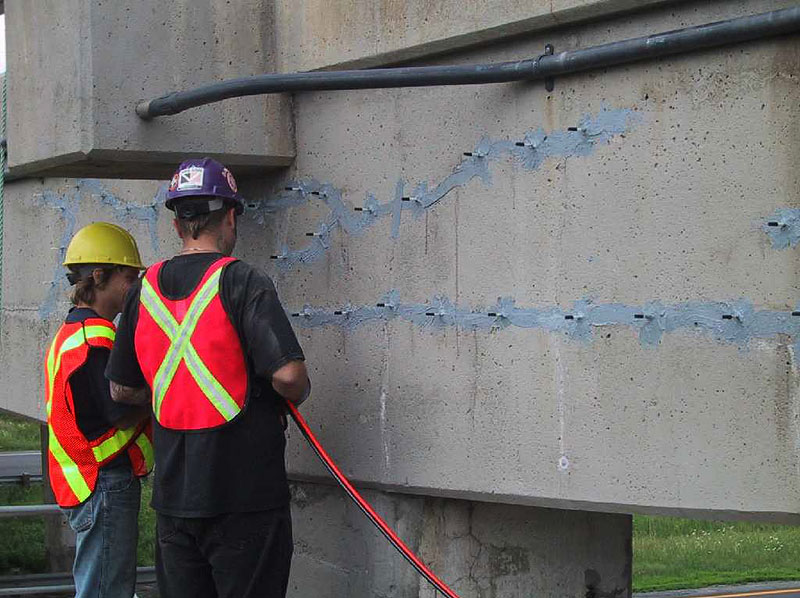
Image Source: Google
Concrete is a versatile and durable building material used in various construction projects. However, over time, concrete structures can develop cracks and other forms of damage due to factors such as weathering, loading conditions, and poor construction practices.
To ensure the longevity and safety of concrete structures, effective remediation strategies are essential. In this article, we will delve into the science behind concrete remediation strategies that turn cracks into strengths.
The Importance of Concrete Remediation
Before exploring the science behind effective concrete remediation strategies, it is crucial to understand why remediation is essential for concrete structures:
- Prevents further deterioration
- Restores structural integrity
- Enhances aesthetic appeal
- Extends the service life of the structure
Fundamentals of Concrete Remediation
Concrete remediation involves repairing and strengthening damaged concrete structures to prolong their service life. Here are some fundamental aspects of concrete remediation:
Identification of Damage
- Visual inspection
- Non-destructive testing techniques
Root Cause Analysis
- Identifying the underlying reasons for damage
- Considering environmental factors
Selection of Remediation Techniques
- Various repair methods such as patching, epoxy injection, and carbon fiber reinforcement
- Choosing the most suitable technique based on the extent of damage
Advanced Concrete Repair Technologies
Advancements in materials science and technology have led to the development of innovative concrete repair solutions that offer enhanced durability and performance. Some of the advanced repair technologies include:
Self-Healing Concrete
- Contains capsules of healing agents that are released when cracks form
- Promotes autonomous crack repair
Nanotechnology-Based Repair Materials
- Utilizes nanoparticles to improve the strength and durability of concrete
- Enhances resistance to environmental factors
Fiber-Reinforced Concrete
- Incorporates fibers such as glass, steel, or carbon for increased tensile strength
- Provides crack resistance and improved durability
Sustainability in Concrete Remediation
With a growing focus on sustainability in the construction industry, it is essential to consider eco-friendly solutions for concrete remediation. Sustainable practices in concrete repair include:
Use of Recycled Materials
- Utilizing recycled aggregates in concrete repair mixes
- Reducing the environmental impact of repair activities
Energy-Efficient Repair Techniques
- Adopting methods that consume less energy during repair processes
- Reducing carbon emissions associated with repair activities
Durability and Longevity
- Emphasizing long-lasting repair solutions to minimize future maintenance needs
- Promoting sustainability through extended service life of repaired structures
Conclusion
Effective concrete remediation strategies play a crucial role in maintaining the integrity and longevity of concrete structures. By understanding the science behind concrete repair and utilizing advanced technologies, engineers and construction professionals can transform cracks into strengths, ensuring the durability and safety of buildings and infrastructure.